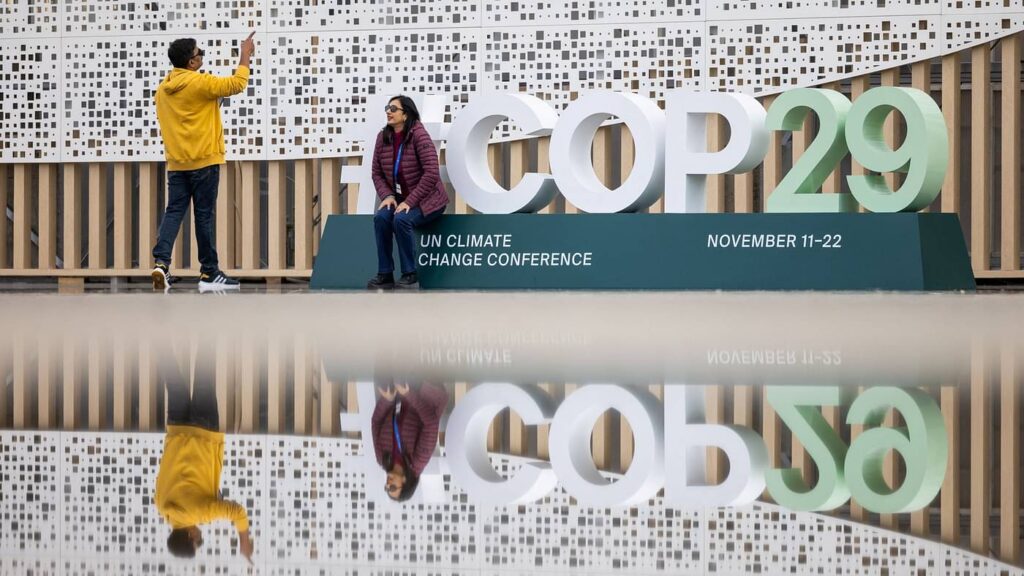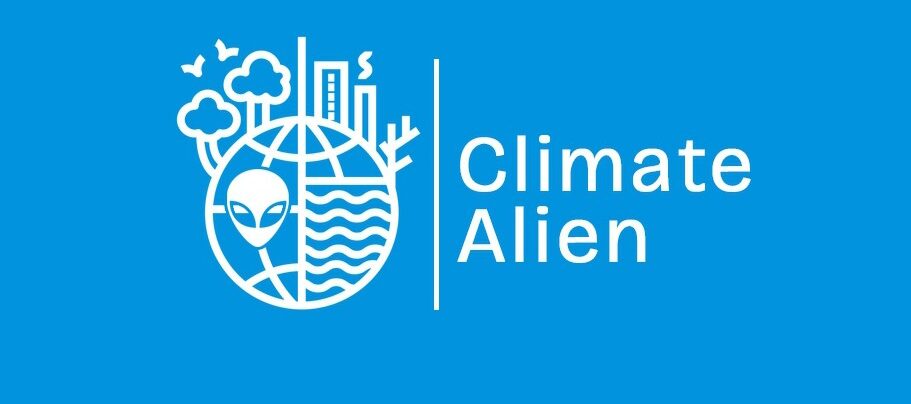
By Varda Mone
As we reflect on COP29, held in Baku, Azerbaijan, it is clear that global climate negotiations continue to overlook a critical component: the eradication of poverty.
As we reflect on COP29, held in Baku, Azerbaijan, it is clear that global climate negotiations continue to overlook a critical component: the eradication of poverty. This persistent omission undermines the holistic vision of sustainable development outlined in the 1987 Brundtland Report and hampers the overall effectiveness of climate action. While the conference finalised a rulebook for carbon credit trading under Article 6 of the Paris Agreement–aimed at facilitating international carbon markets–concerns linger over the transparency and efficacy of these mechanisms.
Compounding this issue is COP29’s glaring failure to address poverty, despite the World Bank’s report highlighting that 700 million people still live in extreme poverty, surviving on less than $2.15 a day, with little progress since the 1990s. Despite this stark reality, the summit’s emission-centric focus neglected the intertwined crises of poverty and climate vulnerability. Sub-Saharan Africa, home to two-thirds of the world’s poorest, remains disproportionately affected by climate change. COP29 missed a critical opportunity to address these dual challenges cohesively and equitably.
World Bank data reveals that 8.5% of the global population subsists below the extreme poverty threshold–s stagnation that starkly contrasts with the Brundtland Report’s aspirations for poverty alleviation and environmental sustainability. Nearly four decades on, this integration remains absent from global climate negotiations.
A pattern of neglect
Recent COPs have shown a consistent disregard for poverty eradication:
COP25 (Madrid, 2019): Focused on carbon markets and emissions reductions, with minimal attention to vulnerable populations.
COP26 (Glasgow, 2021): While acknowledging climate justice, the summit failed to translate this into concrete, poverty-focused action.
COP27 (Sharm El-Sheikh, 2022): Established a loss and damage fund, but operationalisation and funding remained ambiguous.
COP28 (Dubai, 2023): Discussions centred on climate finance and adaptation, but critics noted a lack of emphasis on poverty alleviation.
COP29 (Baku, 2024): Concluded with a $300 billion by 2035 to assist developing nations. However, this figure falls short of the $1.3 trillion that needed and lacks clarity on funding sources or integration of poverty eradication.
This systematic marginalisation of poverty eradication is both a moral failing and a strategic misstep. One in five people globally faces high risk of welfare losses due to extreme weather events, with impoverished regions disproportionately affected.
The emphasis on net-zero carbons targets, while essential for long-term planetary health, often overlooks immediate poverty alleviation needs. This narrow, technocratic approach to climate change disregards the socio-economic realities of the developing world. Record-breaking greenhouse gas emissions in 2022 further exacerbate this issue, leading to climate disasters that disproportionately impact the poor.
Some regional institutions have adopted more balanced approaches. The Asian Development Bank emphasises inclusive, sustainable growth to reduce poverty while enhancing climate resilience. India’s NITI Aayog advocates for a balanced approach, prioritising poverty alleviation alongside climate action in implementing the Sustainable Development Goals (SDGs).
However, these perspectives struggle to gain traction in COP agendas dominated by emissions targets and climate finance. The United Nations’ SDGs offer a holistic framework, assigning equal importance to poverty eradication and climate action, yet this balance remains absent in climate negotiations.
This deviation from the Brundtland Report’s vision comes at a high cost. Treating poverty eradication and climate action as competing goals risks creating unjust and unsustainable solutions. Climate-resilient communities are inherently better positioned to contribute to global emissions reduction efforts. Neglecting poverty eradication undermines the foundations of effective climate action.
As we move forward from COP29, recalibrating our approach is imperative:
Low-income countries must prioritise poverty reduction and basic infrastructure development.
Middle-income nations should focus on sustainable growth and vulnerability reduction.
High-income, high-emitting countries must lead on emission cuts and provide robust support to poorer nations.
Integrating poverty eradication into climate discussions is not just morally imperative—it’s strategically vital. By emphasizing climate justice, prioritizing adaptation strategies that benefit the poor, and ensuring climate finance mechanisms have explicit poverty reduction components, we can create more effective, equitable solutions.
The widening sustainable development financing gap underscores the urgency of this shift. We need a renewed focus on high-impact interventions that address both poverty and climate vulnerability. This demands fundamental changes in national development strategies and global cooperation frameworks.
COP29’s outcomes reveal a continued failure to centre poverty eradication in climate action. A stable climate build on persistent poverty is neither just nor sustainable. Only by confronting this reality head-on and adopting bold, integrated strategies can we create a future that is environmentally sound and equitable for all.
(The writer is an assistant professor at Alliance School of Law, Alliance University)
Source: Deccan Herald
